| Femmes Fatales | Aug 21 2021 |


| Vintage Pulp | May 28 2021 |

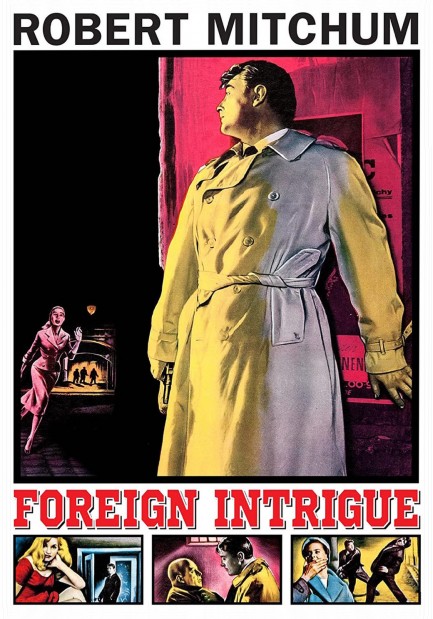

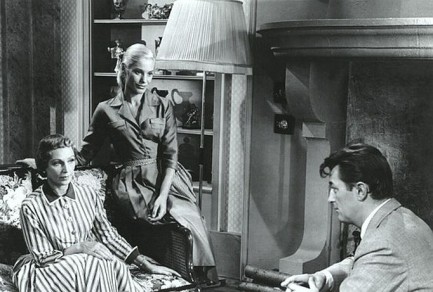
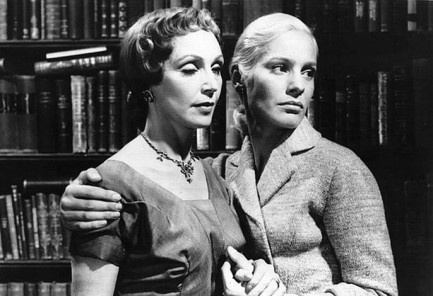
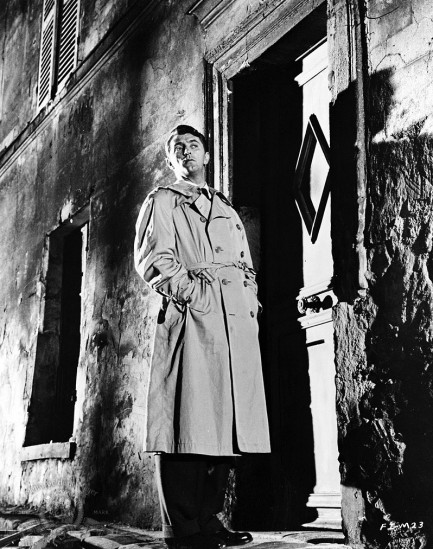
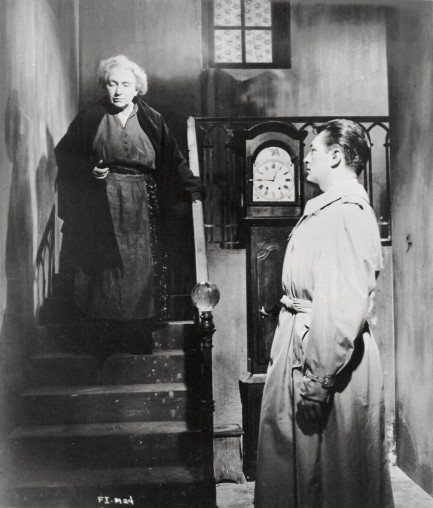
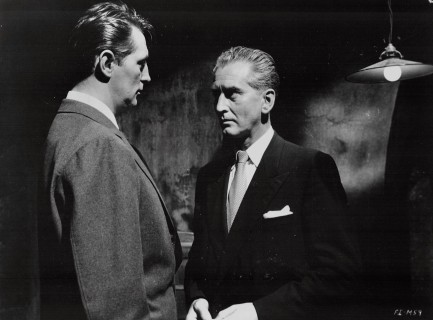
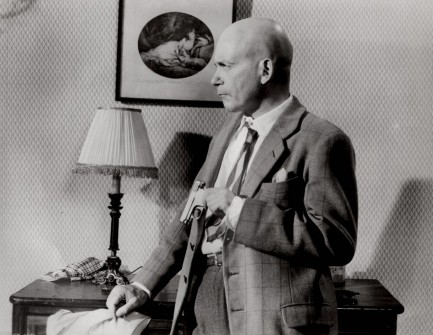
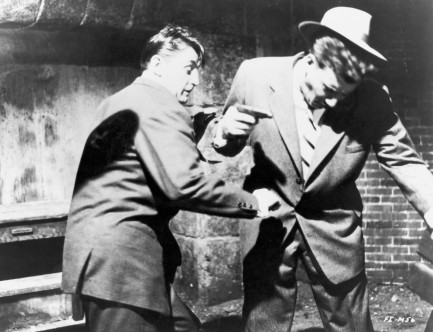

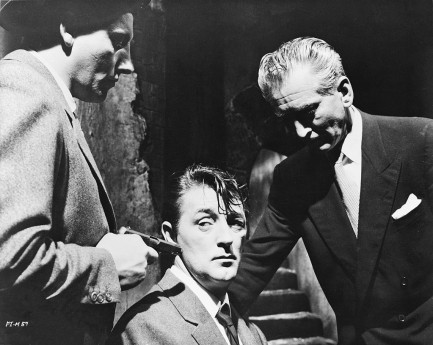
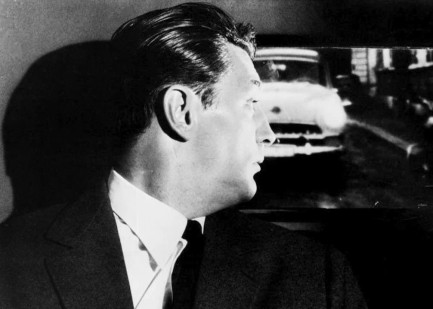
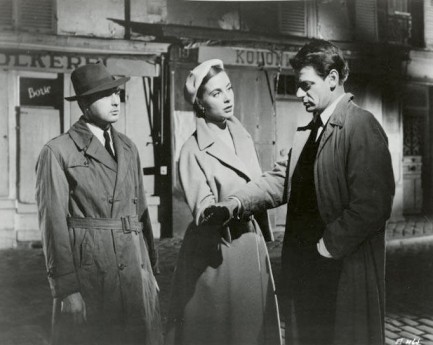
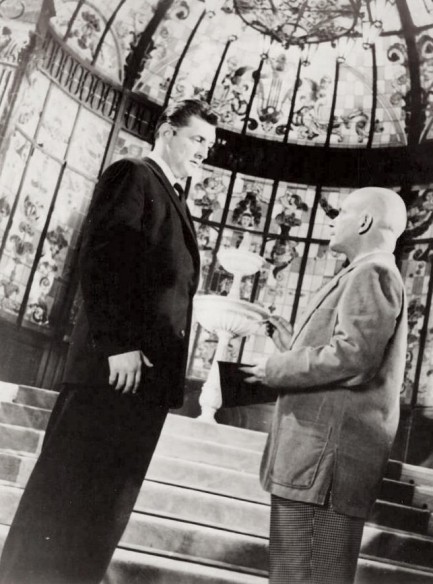
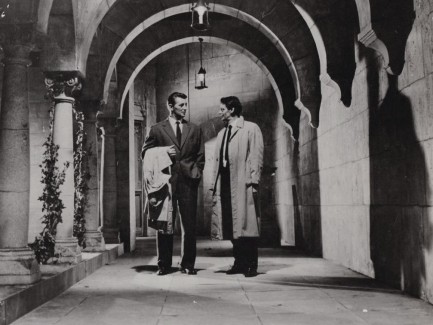
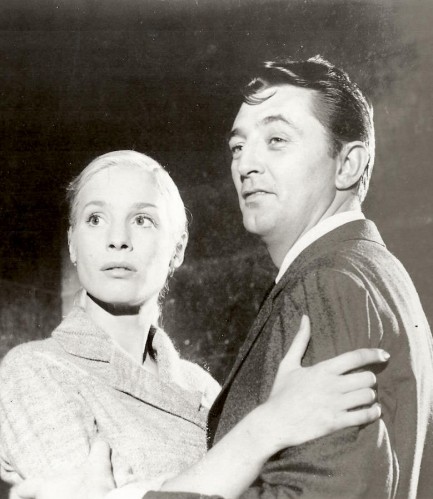
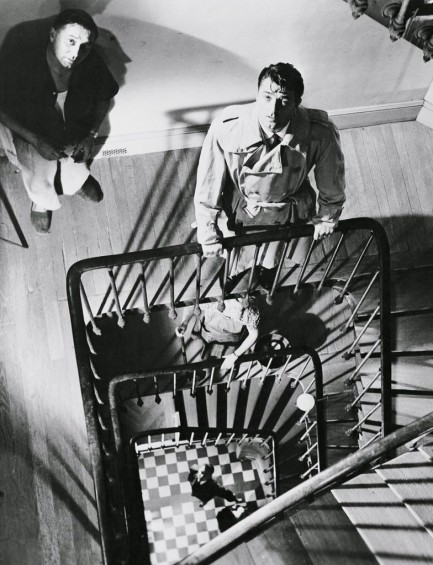
| Vintage Pulp | Sep 12 2016 |


Overall, we recommend you break out either a twelve-pack or the weed pipe for this flick—it's rife with awful acting, clunky staging, and loaded lines of dialogue any cleverhead could riff on all night. Our favorite? Clark and Lončar are in bed enjoying post-coital bliss and Lončar gushes, “I love you so much.” Clark's response: “Me too.” Invite your funny friends, sit back and enjoy Lončar's beautiful face, Clark's steely torso (without the fur he's wearing below), and the great soundtrack by Armando Trovajoli. The movie opened in Italy as Rapporto Fuller, base Stoccolma in early 1968, and sped into Japan today in 1970.


| Vintage Pulp | Nov 17 2014 |

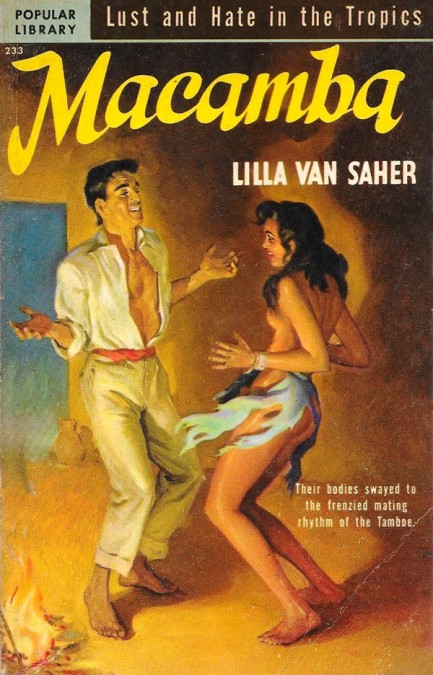
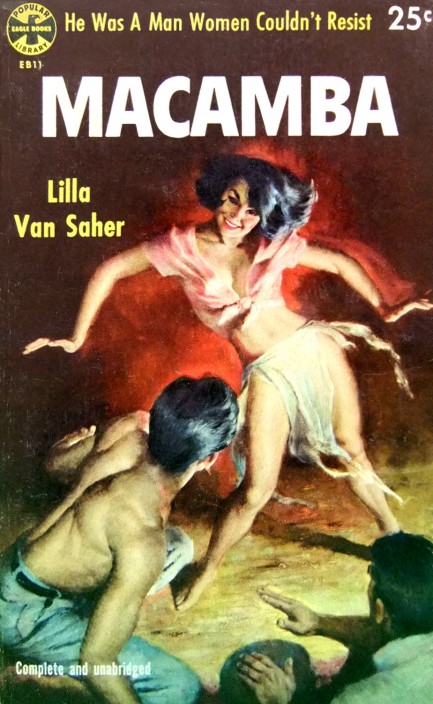
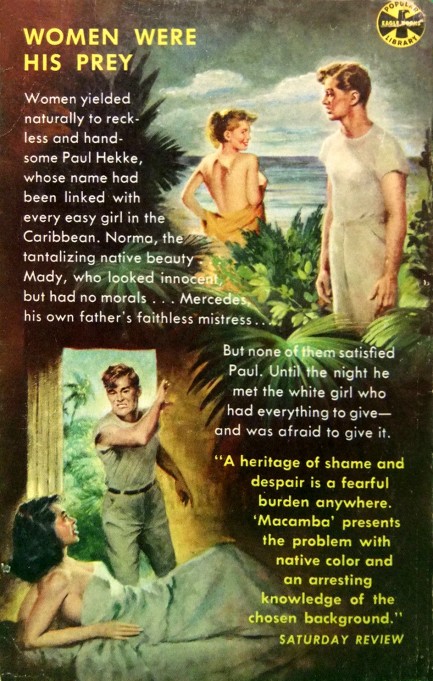
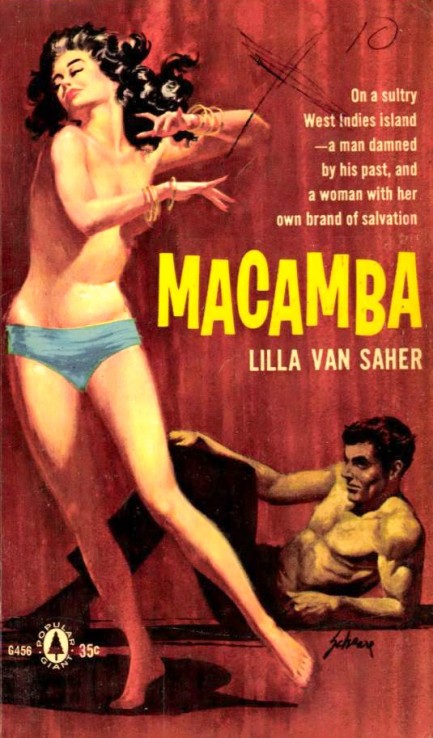
We’ve seen these paperback covers in different places around the internet and thought they’d make an interesting collective post showing the progression of their dance-themed covers. The first is from 1950 with art by Rudolph Belarski, the next is from an unknown who nonetheless painted a nice rear cover as well, and the last is from Harry Shaare. Macamba concerns a group of characters in Curaçao, and how one in particular struggles to deal with his biracial background as he grows to manhood. He first tries to become a witch doctor, then excels at conventional learning in university, and eventually ships off to World War II and becomes a hero. Returning home, he has many romances and seeks to find his place in the world. You may wonder if there’s any actual dancing in the book, and indeed there is—the main character watches a performance of the tamboe or tambú, a native dance and music that the Dutch colonizers of Curaçao had made illegal.
Lilla Van Saher captures certain aspects of indigenous culture in Curaçao, even sprinkling the dialogue with some Papiamento, but the book is not derived directly from her personal experiences. She was born Lilla Alexander in Budapest, lived an upper class life, modeled, acted in French fims, married a Dutch lawyer named  August Edward Van Saher, and through him was introduced to Dutch culture and its island possessions. During her first trip to Curaçao she claims to have been imprisoned by natives in a church because they thought she was a local saint.
August Edward Van Saher, and through him was introduced to Dutch culture and its island possessions. During her first trip to Curaçao she claims to have been imprisoned by natives in a church because they thought she was a local saint.
In private life, she was a close friend of Tennessee Williams, traveling with him aboard the S.S. Queen Federica in the early 1950s, entertaining him in New York City, and accompanying him during a press junket of Sweden, acting almost as an agent and introducing him to the upper crust of Stockholm, where she was well known. During this time she was Lilla van Saher-Riwkin, and often appears by that name in biographies of Williams as part of his retinue of admirers and associates, though not always in a flattering light. Later she did what many globetrotting dilletantes do—published a cookbook. Hers was called Exotic Cooking, which is as good a description of Macamba as we can imagine.
| Vintage Pulp | Oct 20 2013 |

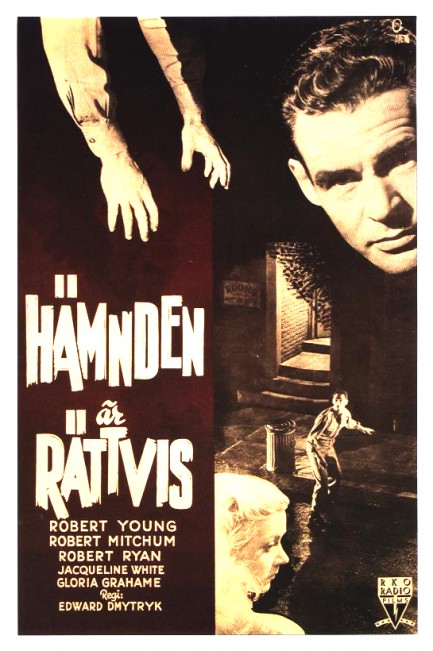
Above is a Swedish poster for Edward Dmytryk’s Hämnden är rättvis, aka Crossfire, a really interesting film noir about an ex-soldier who is murdered, and his fellow ex-soldiers who are suspects. Police detective Robert Young tries to get to the bottom of the crime, but is increasingly baffled as he realizes the killing did not occur for any of the usual reasons—money, lust, revenge, etc. Different character recollections provide different information about the victim’s last hours, but only serve to underscore the apparent senselesslness of the crime. We can’t reveal the direction Young’s investigation turns without giving away the ending*, but we’ll mention that the movie won an award at Cannes—the Prix du meilleur film social, or Best Social Film.

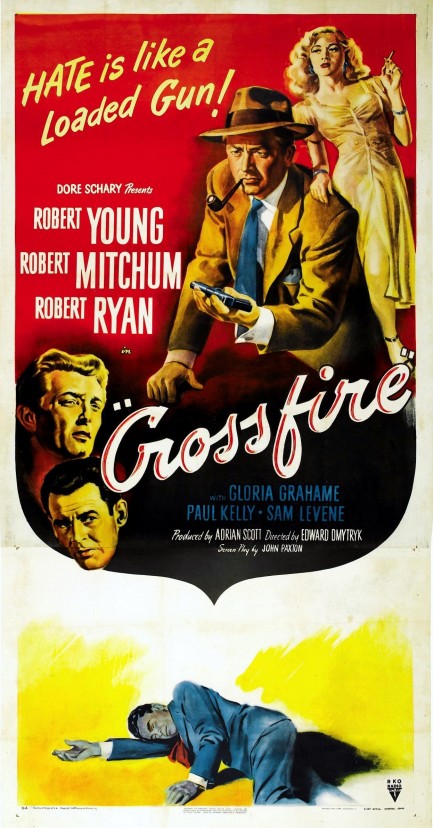
*We’ve never worried about giving away endings before. Our capsule reviews are really just excuses to show the poster art and joke around. However, a few recent emails have revealed that some readers actually visit Pulp Intl. for viewing ideas, which just goes to show that after five years online you receive credibility whether you were looking for it or not. So even though recent scientific research shows that people enjoy stories more if they know the endings in advance, we’re going to be better about spoilers in the future. Promise.
| Vintage Pulp | Aug 7 2010 |

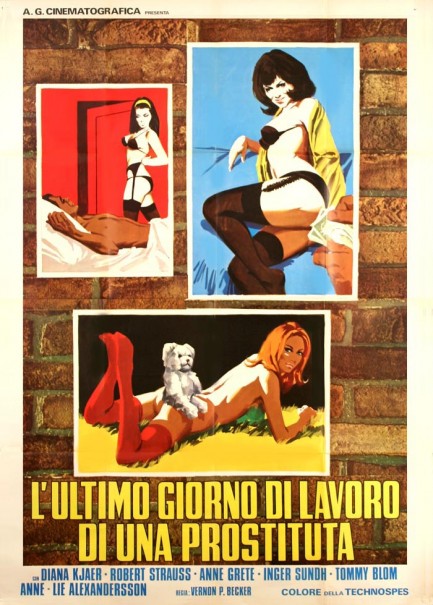
We just finished watching L’ultimo giorno di lavoro di una prositituta, and it’s pretty much exactly what the title says—the last day in the job of a prostitute. Lovely Dagmar, played by Diana Kjær, is a hooker in Copenhagen and has decided to quit the rackets and escape to Stockholm. We follow her during her last day as she sees various clients, co-workers, friends and relatives, and also gets slapped around by her pimp. This movie is really bad—it’s poorly acted, poorly produced, and poorly written. In parts, it’s unintentionally funny, but the deliberate attempts at comedy fall flat. Stereotypes abound: you get a couple of Japanese guys with bowl cuts who say “Ah so,” and know karate, a Russian diplomat who’s always drunk on vodka, a mustachioed Italian guy who air-conducts classical music, and a hippie who’s trying to be a rock star and needs money to get his girlfriend an abortion. While we didn’t enjoy the movie, it’s worth noting that the radiant Anne Grete Nissen appears in a minor role, and we absolutely love the rare Italian poster you see above. L’ultimo giorno di lavoro di una prositituta, aka Dagmars Heta Trosor, aka Dagmar’s Hot Pants, Inc., premiered in Italy today in 1971.

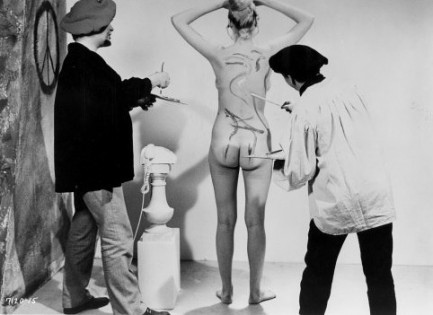


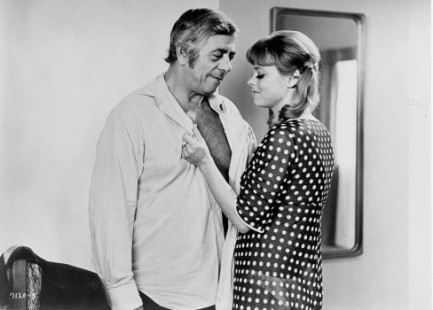

| Vintage Pulp | May 3 2010 |

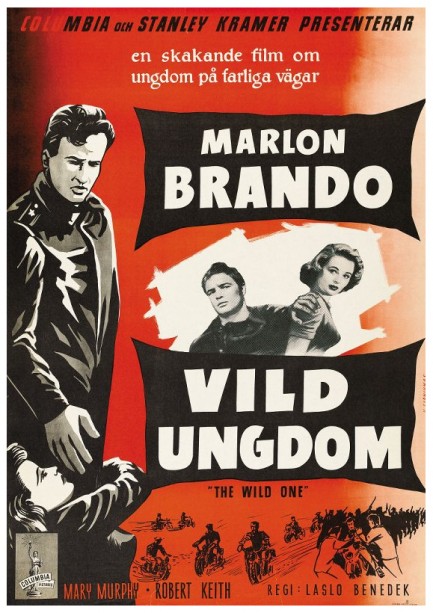
“Pops, you pick up on this jive, man?"
“What?”
“You pick up on this jive, this crazy music here, man? Did you dig the rebop?”
“What?”
“The rebop, dad! The rebop! He’s a square, man. Don’t you get this at all?”
We’d love to have seen the subtitles, because after that the dialogue gets so crazy even we can’t transcribe it, but that’s The Wild One—a different type of cinema, and a new kind of star in rough and tumble Marlon Brando. Some people think 1955 was the zenith of the American empire. If that’s so, then The Wild One is the proverbial writing on the wall that change was in the wind. Brando and the rest of his Black Rebel Motorcycle Club roared across movie screens in Sweden for the first time today in 1954.
| Intl. Notebook | Feb 2 2009 |

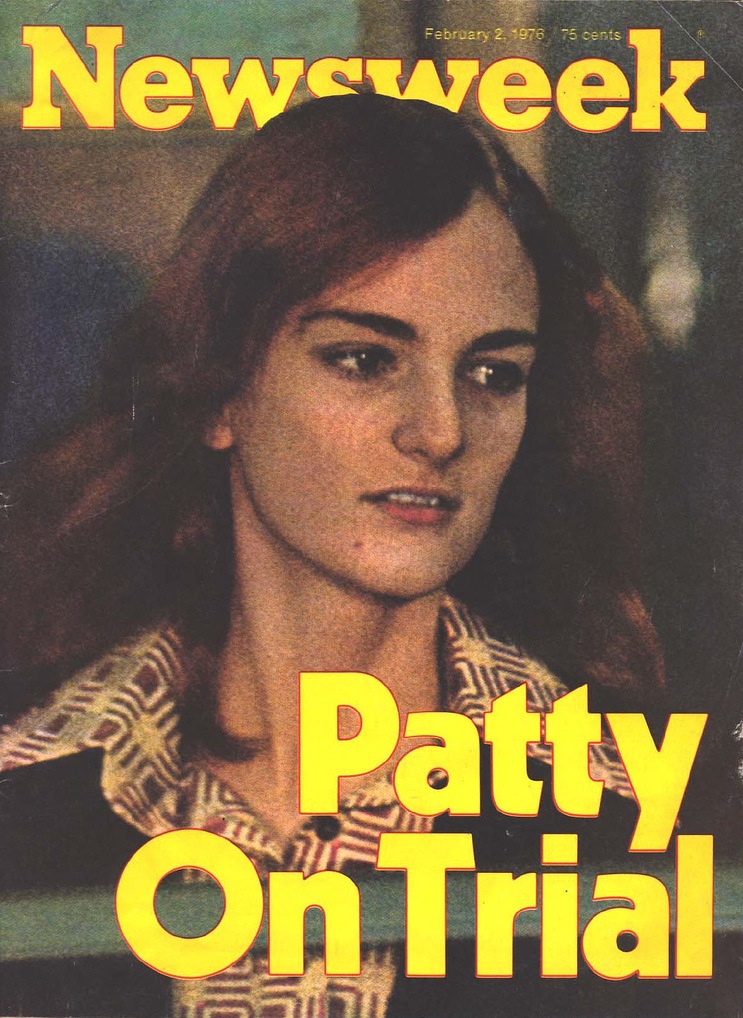
Winona, Paris, Nicole—read and learn. Patty Hearst was first a millionaire socialite, then a kidnap victim, then a self-described urban revolutionary and machine gun toting bank robber. She went on trial for armed robbery in January 1976, and the proceedings continued through March. Newsweek produced the grainy cover you see above twenty-two years ago today. Despite the efforts of celebrity lawyer F. Lee Bailey, Hearst was sentenced to 35 years. But her sentence was commuted by president Jimmy Carter after a mere 22 months of time served, even though she had refused at trial to give evidence against her kidnappers/accomplices. She was later given a full pardon by Bill Clinton. Psychologists claim Hearst was not responsible for her actions due to the effects of Stockholm syndrome, which basically means she started digging her kidnappers. We're gonna try that excuse next time we get arrested, but we have a feeling it won’t work.




































































